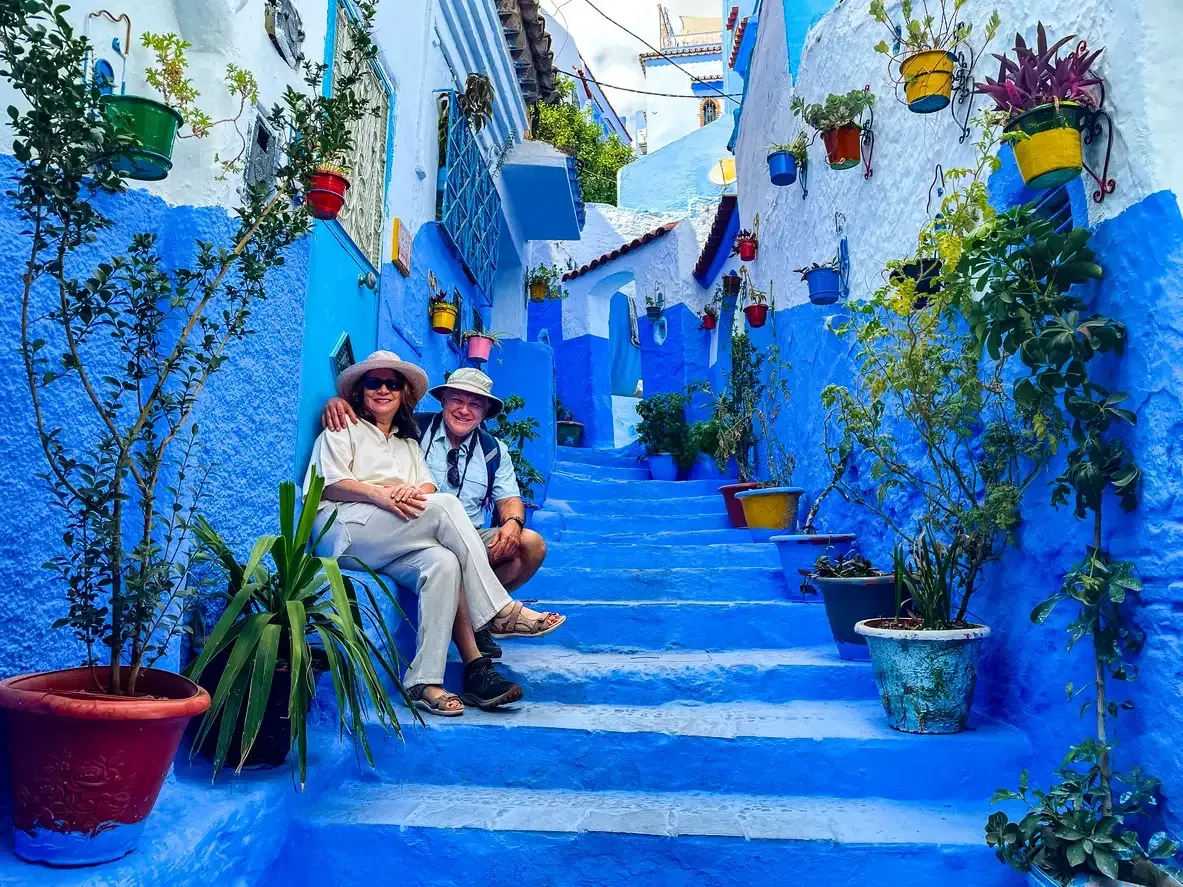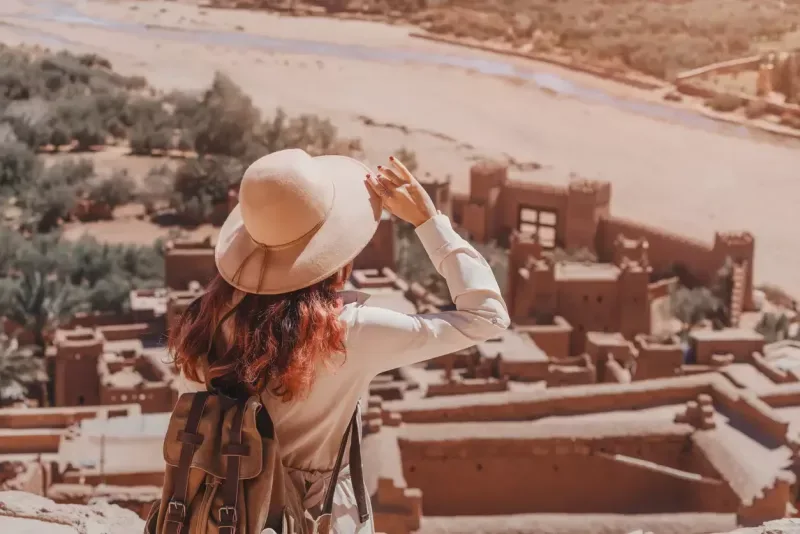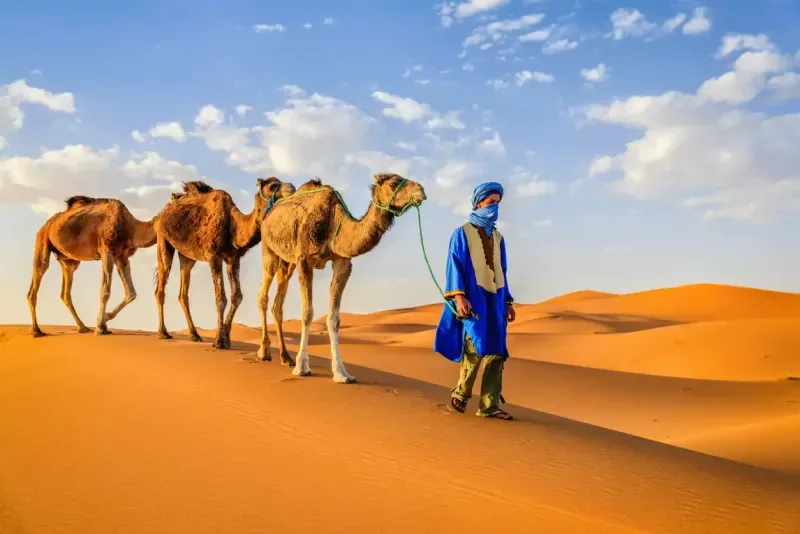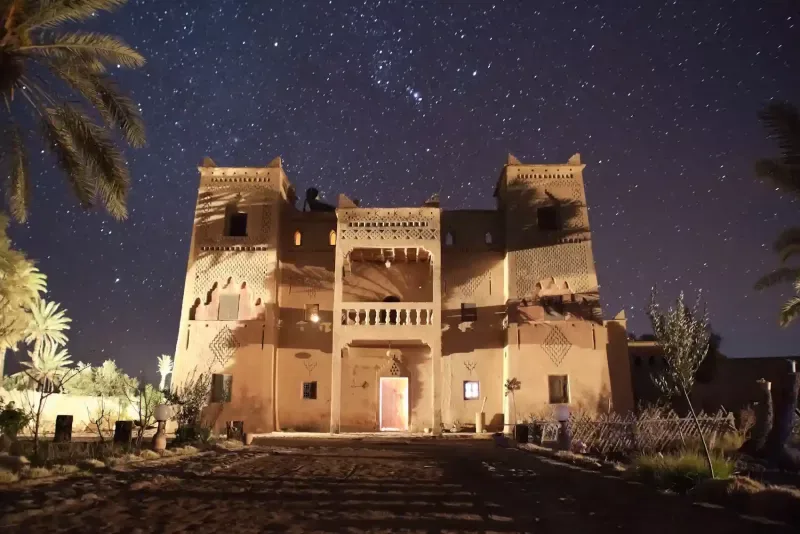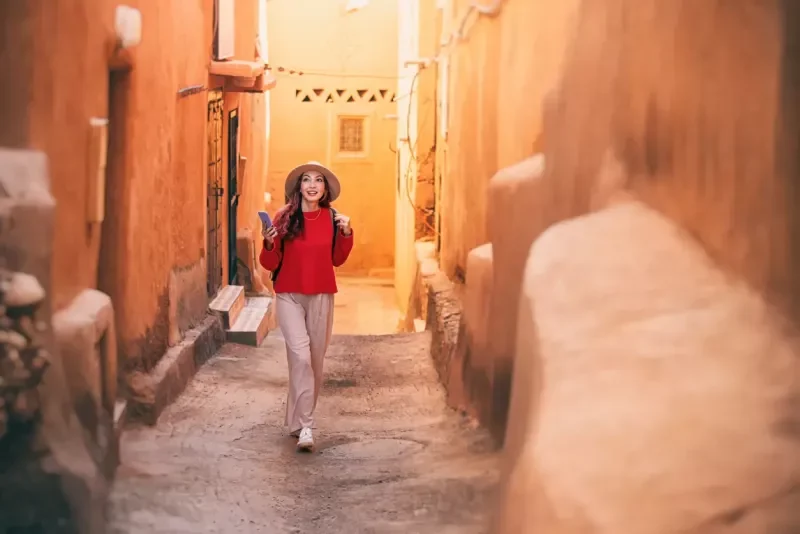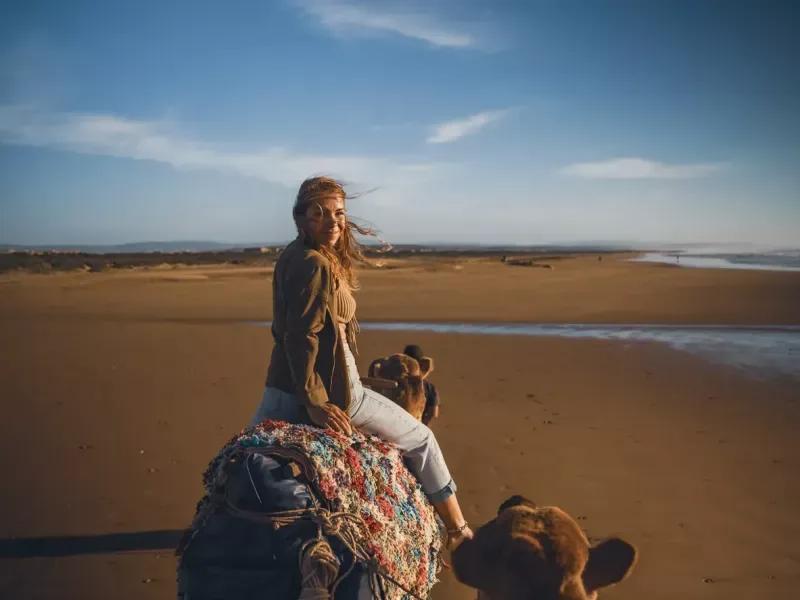Morocco's attractions present a tapestry of experiences that span millennia, where ancient UNESCO World Heritage Sites stand sentinel beside landscapes that have witnessed the rise and fall of empires. Most travelers concentrate their journeys around Marrakech's bustling medinas, yet the kingdom's authentic character emerges far from these well-trodden paths.
Within Morocco's borders lies Chefchaouen, whose azure-painted buildings create one of the world's most photographically stunning urban landscapes, their blue hues originally chosen to mirror the sky. The country's geographical diversity unfolds across the High Atlas mountain range, a formidable barrier that stretches diagonally for approximately 1000km (620 miles), while Fez's medieval medina contains a labyrinthine network of more than 9000 narrow alleyways that have remained virtually unchanged since the Middle Ages. Ancient fortified villages like Aït Benhaddou, a UNESCO World Heritage Site that appears to emerge organically from the mountainside itself, serve as living museums where Morocco's architectural heritage continues to breathe.
This guide reveals the authentic attractions that define Morocco's true essence, secluded cities where traditional life persists, desert encounters that connect you with nomadic cultures, immersive cultural experiences that locals cherish, and natural wonders that remain largely undocumented in conventional travel literature.

